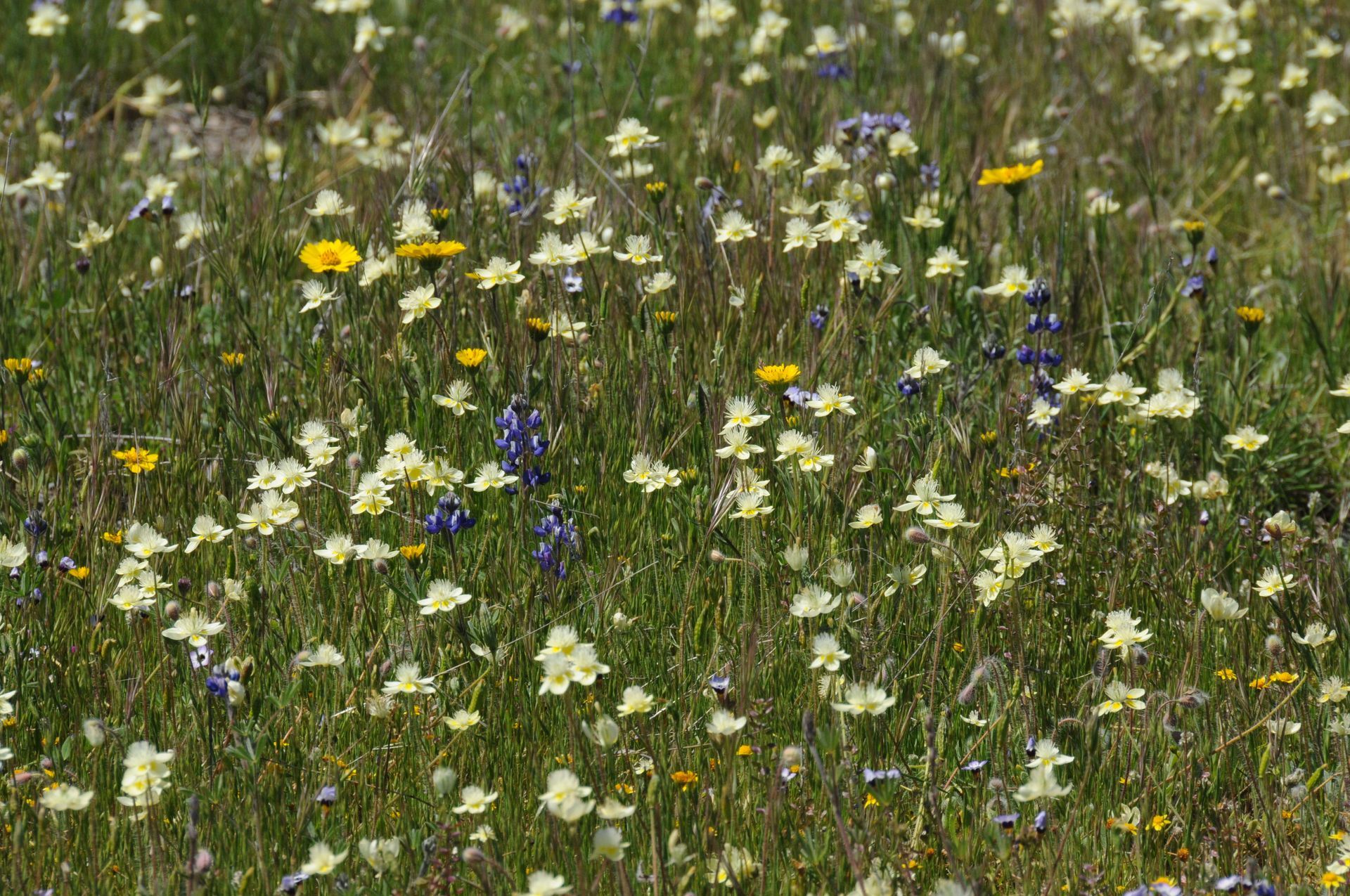Monumental Questions - Objects of Historic and Scientific Interest in Berryessa Snow Mountain National Monument

The diversity of wildflowers showcases the biodiversity of Berryessa Snow Mountain National Monument
On July 10, 2015, President Obama established Berryessa Snow Mountain National Monument via Presidential Proclamation through the authority given to him in the Antiquities Act of 1906. Section 2 of the statute gives the President the authority to set aside for protection "...historic landmarks, historic and prehistoric structures, and other objects of historic or scientific interest that are situated upon the lands owned or controlled by the Government of the United States..." These protected areas are then designated as "national monuments" and the federal agencies assigned to oversee them are required to afford proper care and management of the resources. The designation of the Berryessa Snow Mountain region as a national monument was important due to the number of resources in the area.
The Monument helps ensure the protection and preservation of the distinct cultures of indigenous peoples. Throughout the monument, there are material remains of ancient cultures and settlements including mineral collection sites, seasonal hunting and gathering camps, major villages, trade goods, petroglyphs, and other resources associated with traditional lifeways and culturally important places.
There are also remains of European exploration and settlement including the Nye homestead cabin, remnants of sawmill and logging railroads, resorts around hot springs and mineral springs.
The geology in the area has helped scientists establish the theory of plate tectonics and reconstruct the formation of west coast of the United States. There are many areas of serpentine soils with their unique species. The interaction of plates has also brought up fossils typically found at the bottom of oceans. Snow Mountain itself is an ancient sea mount that was “scraped off” when the marine plate was subducted under the continental plate.
Water is a very important resource and is included in the list of objects of interest in Berryessa Snow Mountain National Monument. There are multiple ponds, streams, and rivers within the monument. The geology of the area also creates many seeps, springs, and hot springs.
All these resources interacting with each other (and other factors including climate) leads to high endemism and biodiversity. (An endemic species is a species that is found in a specific location and nowhere else. Biodiversity refers to the number and variety of species found in a specific location.) For example, the many caves – natural and man-made (e.g. abandoned mines) – are great for Townsend’s big-eared bat. These bats depend on subterranean locations for reproduction and hibernation. Berryessa Snow Mountain National Monument's endemism and biodiversity has made the region one of Earth's biodiversity hotspots.
Berryessa Snow Mountain National Monument was the result of years of hard work and dedication by many people. Designating the federally-managed lands in the area has ensured that the objects of interest are protected.
-Nate Lillge; nlillge@tuleyome.org
Adventures and Engagement Director
Certified California Naturalist
RECENT ARTICLES






